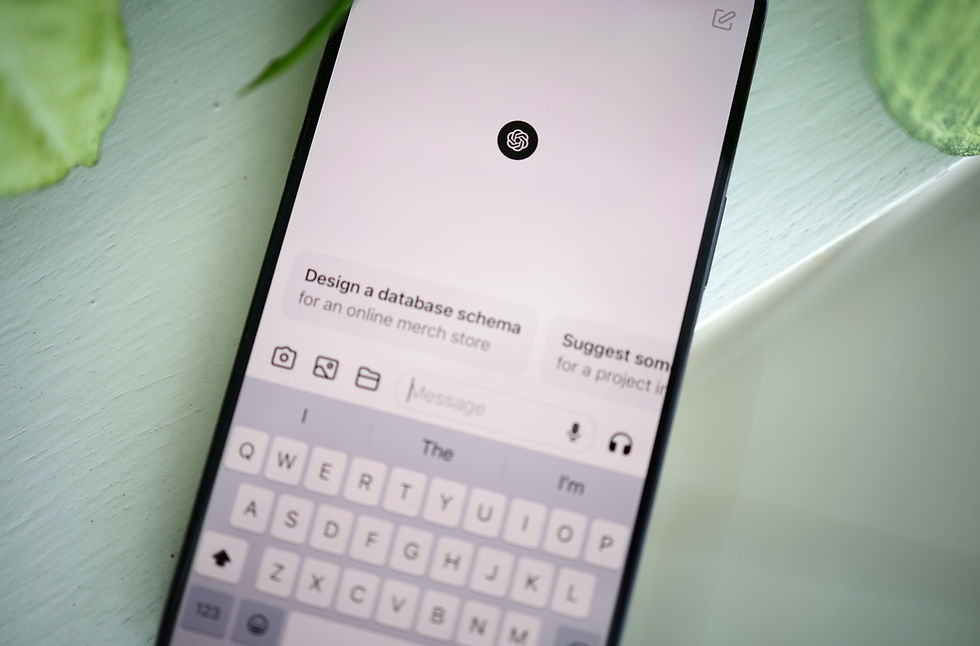Instagram’s New Map Feature Has People Worried About Safety
- Shalena Ward

- Aug 8
- 2 min read

Instagram has rolled out a new feature called Instagram Map, and it’s causing more drama than excitement. On paper, it’s meant to make connecting easier — you can share your location with mutual followers, Close Friends, or a custom list, and see where your friends have posted content. The idea? A more interactive, location-based way to discover posts, Reels, and Stories. But as soon as it launched, the internet started raising red flags.
Why People Are Concerned
1. Location privacy confusion Instagram says the feature is off by default and only works if you turn it on, but a lot of users were confused. The map interface can show your past location-tagged content, which made some people think their real-time location was being shared automatically. For many, that’s a big no-no.
2. Stalking and harassment risks Women, influencers, and public figures have been vocal about the dangers. Even with privacy controls, sharing where you are — or where you’ve been — can open the door to unwanted attention. Some domestic violence advocates warn that it could put vulnerable users at greater risk.
3. Mistrust of “new” features Instagram’s track record of rolling out changes without clear explanations hasn’t helped. Some users even claimed the feature appeared to be active without their knowledge, which only fueled suspicion.
What Instagram Says
Meta (Instagram’s parent company) has stressed that:
The feature is opt-in only and off by default.
It’s based on location tags you choose to add to your content — not constant GPS tracking.
You control exactly who can see your location: mutual followers, Close Friends, or nobody at all.
Still, the rollout has shown how important clear communication is when privacy is on the line.
How to Protect Yourself
If you’re not comfortable with location sharing, here’s what to do:
Check your Map settings – Go to your DMs, open the Map, hit the gear icon, and choose “No One.”
Be mindful of location tags – Even if you don’t share your live location, tagging posts can still give away where you’ve been.
Talk to teens about it – If you manage a young person’s account, make sure they understand how the feature works and the potential risks.
The Bigger Lesson for Marketers & Creators
This is a classic example of how a feature designed to increase engagement can backfire if it triggers safety concerns. When your audience feels unsafe or uncertain, trust drops — and once trust is gone, engagement follows.
It’s also proof that clear onboarding and education matter. If Instagram had walked users through the feature in a more transparent way, it might have been received differently.
For creators and brands, the takeaway is simple: be clear, be transparent, and make sure your audience understands how any change benefits them — without putting them at risk.




Comments